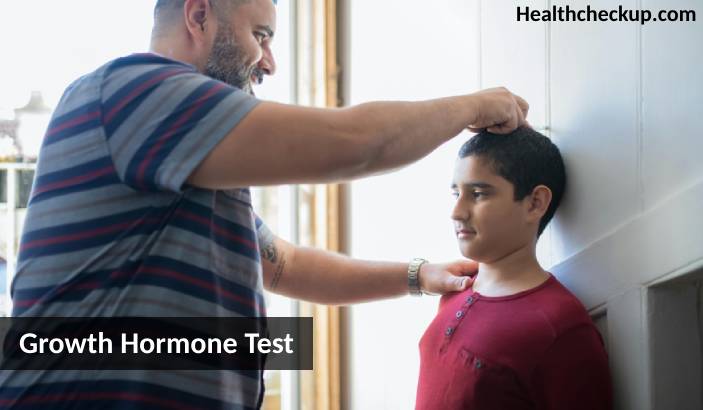Growth hormone (GH), also known as somatotropin, plays a crucial role in growth, body composition, cell repair, and metabolism. The growth hormone test is used to assess the levels of GH in the blood, helping to diagnose various health conditions related to pituitary function.
Purpose of Growth Hormone Tests
- Diagnosing Growth Disorders: The test is primarily used to diagnose disorders that affect growth and development, such as dwarfism or gigantism, which are often related to insufficient or excessive GH production.
- Assessing Pituitary Function: GH tests help evaluate the function of the pituitary gland, which produces GH.
- Monitoring Treatment Efficacy: For patients undergoing GH therapy, these tests monitor the effectiveness of treatment and help in adjusting dosages.
Preparation for the Test
- Fasting: Patients are usually required to fast for at least 8 hours before the test to ensure accuracy since food intake can affect hormone levels.
- Physical Activity: Avoiding strenuous exercise before the test is recommended because physical activity can increase GH levels.
- Medication Review: It’s important to inform healthcare providers about all medications being taken as some can affect GH production and secretion. Adjustments may be necessary prior to testing.
Procedure of Growth Hormone Tests
- Blood Sampling: The test involves drawing blood from a vein. This is typically done in the morning when GH levels peak naturally.
- Stimulation or Suppression Tests: Sometimes, simply measuring the resting level of GH is not sufficient. Stimulation tests (e.g., using insulin or arginine) to provoke GH secretion or suppression tests (e.g., after glucose ingestion) to decrease GH production may be performed to assess the pituitary’s response.
- Multiple Samples: In some cases, blood samples may be taken several times after a stimulation or suppression phase to measure the changes in GH levels.
Normal Range
- Age and Gender Factors: Normal ranges can also depend on age and gender, with higher levels typically seen in children and adolescents.
Results Interpretation
- Low Levels: Low GH levels in children can indicate growth hormone deficiency, leading to growth failure. In adults, low levels may cause symptoms such as increased body fat, decreased muscle mass, and poor bone density.
- High Levels: Elevated GH levels may suggest a pituitary tumor (such as adenoma) and can lead to conditions like acromegaly in adults or gigantism in children, where excessive growth and physical changes occur.
- Further Testing: Abnormal results often necessitate further endocrinological evaluation, including tests that measure other pituitary hormones.
Risks Associated with the Test
- Minimal Risks: As with any blood test, there are minimal risks involved, including pain or bruising at the injection site, bleeding, and, in rare cases, infection.
- Adverse Reactions in Stimulation/Suppression Tests: There is a small risk of adverse reactions due to the substances used to stimulate or suppress GH production, such as nausea, headache, or, very rarely, more severe responses.
Conclusion
Growth hormone stimulation test is used to diagnose and manage disorders related to growth and metabolism. These tests provide essential insights into the functioning of the pituitary gland and the body’s endocrine system. Preparation involves simple steps like fasting and medication adjustment, and the procedure, though it may involve multiple steps, is generally straightforward with minimal risks. Understanding the significance of GH levels through these tests allows healthcare providers to initiate appropriate treatments for conditions like growth hormone deficiency or hypersecretion syndromes, which can have profound effects on a patient’s quality of life. As such, growth hormone testing is an indispensable component of endocrine diagnostics and therapeutic monitoring.
I specialize in writing about health, medical conditions, and healthcare, drawing extensively from scientific research. Over the course of my career, I have published widely on topics related to health, medicine, and education. My work has appeared in leading blogs and editorial columns.









